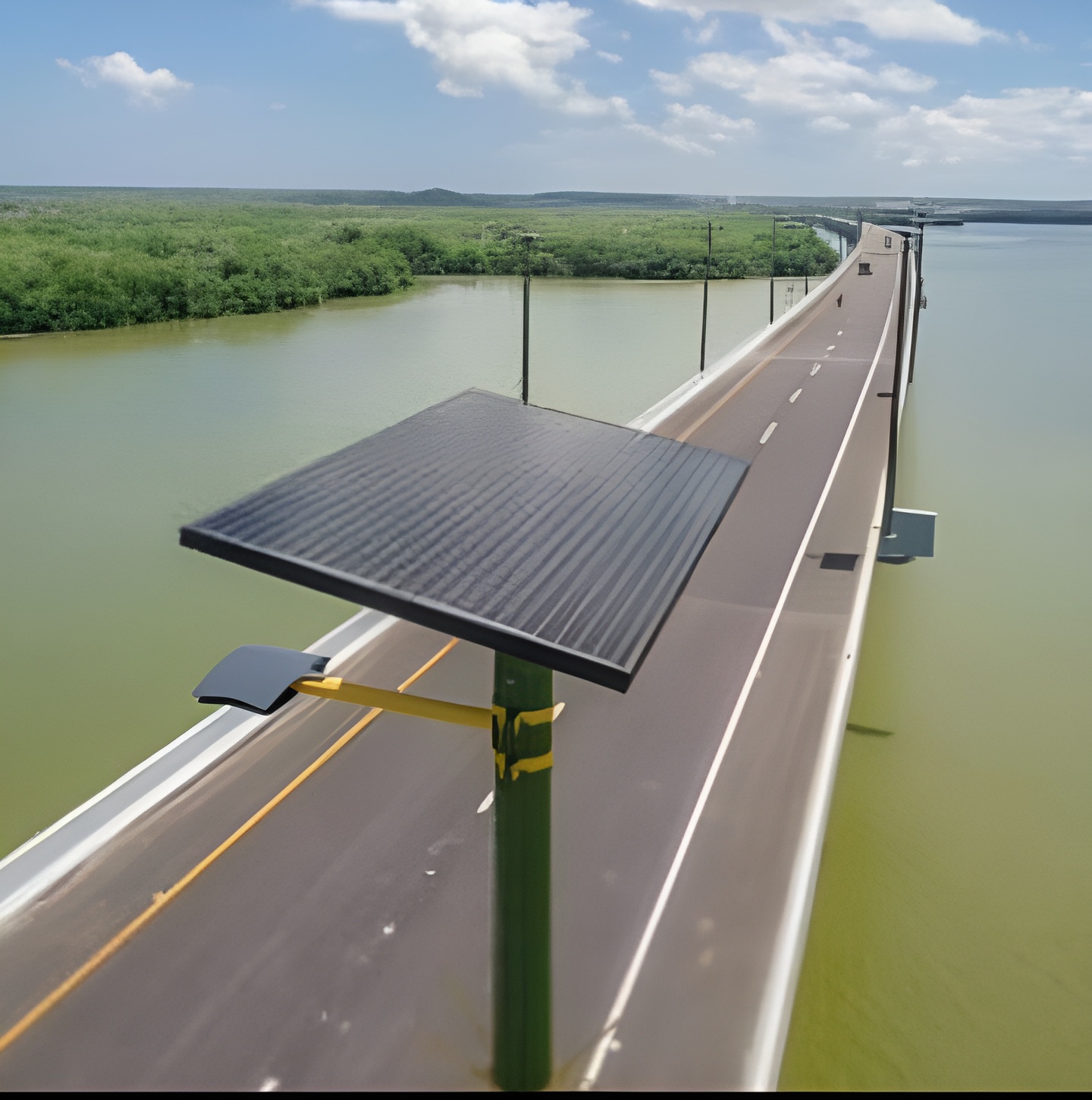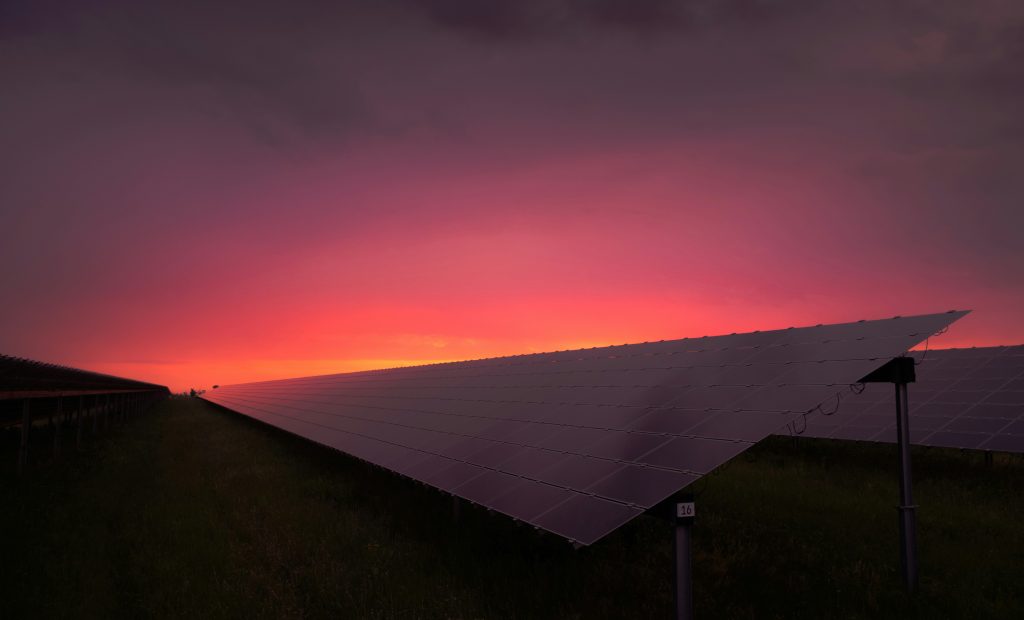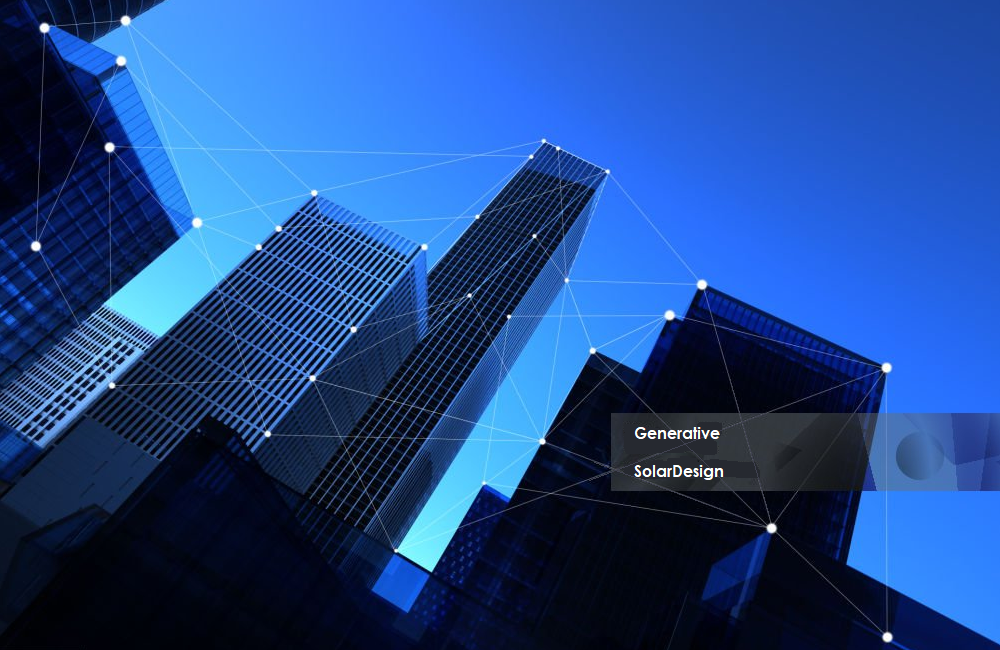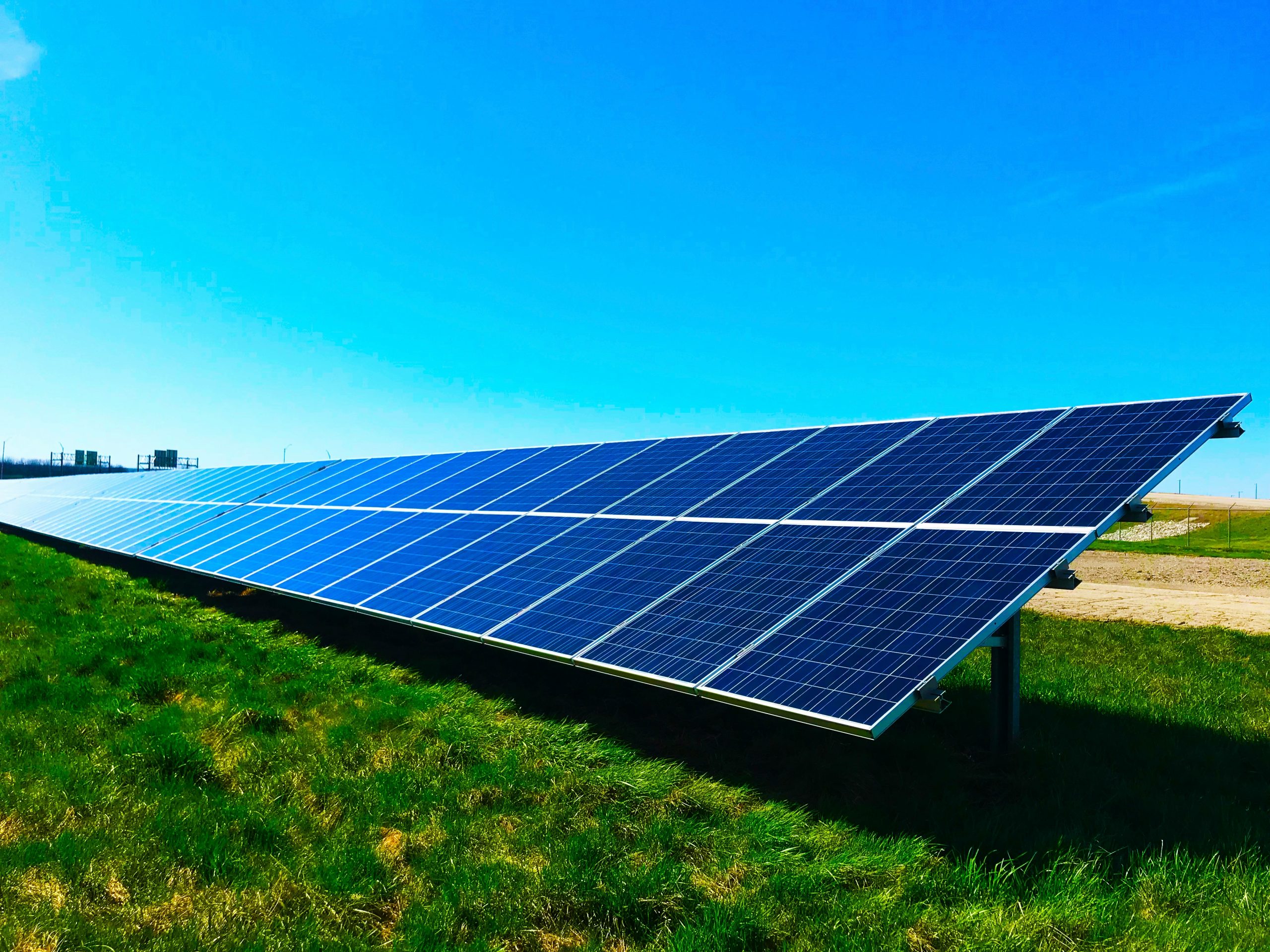AI is transforming solar panel design: it saves time, increases energy output, and improves accuracy. Here’s how:
1. Site and Shade Analysis
AI tools analyze shading and site conditions with up to 95% accuracy in just minutes using aerial imagery and satellite data.
2. Design Optimization
AI evaluates thousands of configurations quickly, improving energy output by 3–8% and cutting design time from days to minutes.
3. Energy Forecasting
AI predicts energy production with 30% fewer errors by analyzing weather and performance data.
4. Real-Time Design Changes
AI enables instant design updates, reducing project cancellations and boosting client approvals.
5. System Monitoring
AI detects failures such as panel degradation with 99% accuracy, improving maintenance and energy production.
Main Advantages:
| Feature | Artificial Intelligence | Manual |
|---|---|---|
| Design Time | 2 minutes | 2–3 days |
| Energy Output Increase | Up to 25% | Baseline |
| Fault Detection Accuracy | 99% | Variable |
AI tools like EasySolar are transforming solar design by offering faster, more accurate, data-driven solutions.
Artificial Intelligence for Designing Photovoltaic Systems
1. Site and Shade Analysis with AI
AI has transformed how solar professionals assess installation sites and shading patterns. Modern tools process complex data in minutes, reaching up to 95% accuracy in solar design planning. This detailed analysis lays the foundation for advanced AI-driven panel placement algorithms.
How AI Processes Site Data
Tools like Aurora Solar’s SmartRoof use aerial imagery to create 3D models, while others analyze historical satellite data to track vegetation growth. These tools offer features such as:
- Identifying shade sources like trees
- Creating detailed 3D city models
- Calculating solar irradiance
- Tracking historical site conditions
This information helps designers make accurate decisions about panel placement considering both current and future conditions.
Speed and Accuracy in Shade Analysis
AI has drastically reduced the time required for shade analysis. What once took days manually can now be done in minutes. And it’s not just faster — it’s also more accurate. Studies show AI-based shade analysis achieves 98% accuracy compared to traditional on-site measurements.
For example, a commercial system reduced large-scale installation design time from weeks to just days. Predictive models like those from NREL also account for long-term changes such as tree growth over 20 years, ensuring effective long-term designs.
2. AI-Driven Panel Design Optimization
With site data gathered by AI, advanced algorithms can evaluate thousands of layout configurations in minutes. These tools analyze everything from roof geometry to local regulations, ensuring designs that enhance energy output while meeting all project requirements.
Optimizing Energy Production
AI algorithms handle complex variables to maximize energy output. For example, Sunbase’s AI technology uses site-specific data to determine optimal panel placement based on:
- Tilt angles and orientation
- Panel spacing
- Local weather patterns
- Electrical system constraints
Manual vs. AI-Generated Layouts
The difference between manual and AI-generated designs is clear — especially in speed and precision. Aurora Solar research shows that AI-optimized designs consistently deliver 3–8% more energy than traditional manual layouts.
Key Differences:
| Aspect | Manual Design | AI-Based Design |
|---|---|---|
| Design Time | 2–3 days | 2 minutes |
| Design Iterations | 2–3 options | Hundreds of options |
| Energy Performance | Baseline | 3–8% increase |
| Precision in Complex Scenarios | Variable | Consistently high |
AI tools excel in managing complex designs, such as those involving multiple buildings. EasySolar AI can optimize multi-structure designs, ensuring balanced energy distribution and proper system sizing. This speed-accuracy combo enables fast iterations without sacrificing quality.
3. AI-Powered Energy Production Forecasting
AI improves solar energy predictions by analyzing weather patterns and sun exposure data using self-improving algorithms. According to the National Center for Atmospheric Research (NCAR), AI reduces forecast errors by 30% compared to older methods by evaluating factors like:
- Cloud movement
- Historical performance data
These predictions help fine-tune system designs, creating a helpful feedback loop between Sections 2 and 3.
Machine Learning in Energy Forecasting
AI-based calculations bring new accuracy levels to solar energy prediction. NCAR research highlights that its AI-based system reduces forecast errors by 30% compared to traditional approaches.
Energy Modeling Tools
Several platforms now include AI-based forecasting features:
| Tool | Focus Area |
|---|---|
| EasySolar | 20-year climate data with ±2% regional margin |
| EasySolar AI | Models degradation rates with hourly forecasts |
4. Fast Design Changes with AI
Modern AI tools are transforming how design adjustments are made, offering real-time changes that streamline workflows and improve outcomes.
Instant Design Options
AI can generate up to 10 design variations in just 60 seconds, enabling exploration of multiple options during client meetings. This fast response has a direct business impact:
«The app led to a 25% increase in same-day contract signings and a 15% reduction in project cancellations due to design changes.»
Client-Centered Design Tools
Platforms like EasySolar.app use AI to tailor designs to specific client needs:
| Parameter | AI Adjustment |
|---|---|
| Aesthetics | Color/layout changes |
| Storage | Battery compatibility |
| Budget | Cost-adapted designs |
| Roof Type | Optimized for pitch/azimuth |
Aurora Solar offers tools that allow instant updates during consultations, including:
- Adjusting panel number and orientation
- Modifying system location
- Updating energy output estimates
- Reviewing financial projections
SolarReviews technology handles complex roof designs while staying compliant with regulations. These tools integrate client-specific constraints, showing how AI-driven speed can lead to better project outcomes.
5. AI System Monitoring and Updates
AI Problem Detection
SolarEdge’s AI monitoring platform has set a new standard for solar maintenance, reaching 99% accuracy in detecting issues like panel degradation and connection faults. By analyzing real-time data from power optimizers and inverters, it identifies and resolves potential problems before they impact performance.
Here’s how modern AI monitoring systems address specific issues:
| Problem Type | Detection Method | Impact |
|---|---|---|
| Panel degradation | Performance trend analysis | Plan proactive replacements |
| Shading issues | Real-time output monitoring | Adjust designs immediately |
| Inverter faults | Voltage pattern analysis | Trigger preventive maintenance |
| Dirt buildup | Efficiency comparison | Optimize cleaning schedules |
Raptor Maps shows the impact:
«Our AI-powered software identified 26% more system anomalies than traditional methods, increasing energy output by 12%.»
System Performance Tracking
AI has redefined how solar systems maintain efficiency. GreenPowerMonitor’s AI-based monitoring solution increased annual energy production by up to 3%.
Solar Analytics uses machine learning to improve fault detection accuracy by 30% annually. Inaccess’s SolarGain AI customizes monitoring for over 30 GW of solar installations worldwide.
«AI-based monitoring systems could reduce fault detection time by up to 24 hours compared to traditional methods, potentially saving thousands in lost energy production at large-scale sites.»
Conclusion: How AI Improves Solar Design
AI has reshaped the solar industry, accelerating project timelines and improving system planning. Integrating AI into solar panel design has led to measurable gains in efficiency and performance.
Here’s how AI makes a difference:
| Area of Improvement | With AI | Traditional Method |
|---|---|---|
| Energy Performance | Up to 25% increase | Baseline |
| Fault Detection Accuracy | 26% more anomalies detected | Manual inspection |
Advancements like predictive maintenance (covered in Section 3) help maximize long-term energy production. For solar professionals, using established AI platforms has led to real-world improvements.
To make the most of AI in solar design:
- Prioritize high-quality data: Good data ensures reliable AI results.
- Combine automation with human expertise: Keep technical oversight informed.
- Stay updated on tech: Regularly follow developments to remain competitive.
FAQs
How can AI be used with solar panels?
AI plays a key role in improving solar projects, especially in design, monitoring, and maintenance. According to NREL, AI improves 1-hour solar forecasts by 33% compared to traditional methods.
| Application | Tool |
|---|---|
| Design | EasySolar automatic design generator |
| Performance Control | Heliolytics drone analysis system |
«Machine learning algorithms can detect anomalies, predict potential failures, and optimize cleaning schedules. For example, Heliolytics uses AI-based drone image analysis to identify panel defects and performance issues, cutting inspection times by up to 90% and improving system output by 1–3%.»
These tools integrate seamlessly with real-time system tracking, ensuring greater efficiency from initial design to ongoing maintenance. Regular data updates are crucial to keep AI tools performing at their best.



